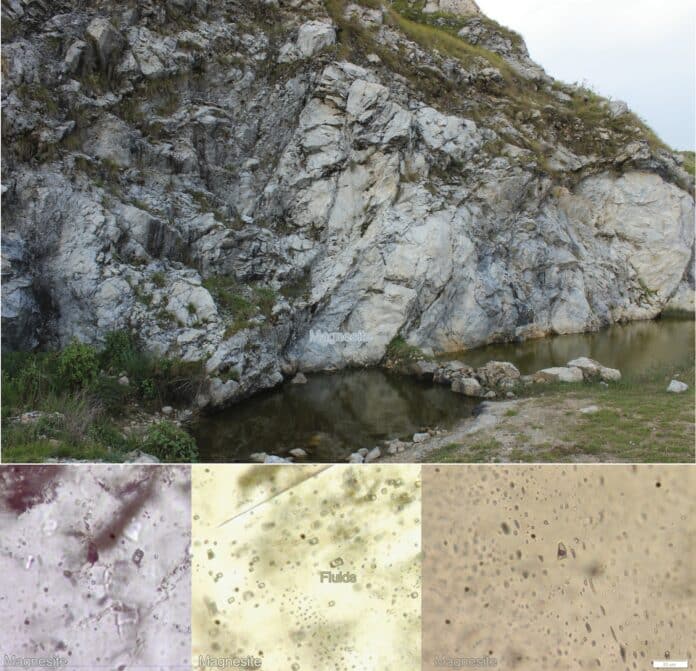According to scientists, the Snowball Earth glaciation, one of the most significant glacial periods in Earth’s history, occurred between 700 and 500 million years ago and involved massive sheets of ice covering the planet for a lengthy period of time. After this, the Second Great Oxygenation Event saw increased oxygen in the Earth’s atmosphere and eventually sparked the development of sophisticated living forms.
Scientists are still determining how these occurrences are related because there are few well-preserved fossils and no trace of any previous oceans in Earth’s history. The Himalayas’ exposure to such sea rocks may provide the key to some questions.
Researchers from the Indian Institute of Science (IISc) and Niigata University in Japan have found water droplets trapped in mineral deposits high in the Himalayas that were most likely left over from an ancient ocean that existed approximately 600 million years ago. The team’s examination of the deposits, which contained calcium and magnesium carbonates, also allowed them to offer a potential justification for the circumstances that may have contributed to a significant oxygenation event in Earth’s past.
Prakash Chandra Arya, a Ph.D. student at the Centre for Earth Sciences (CEaS), IISc, said, “We have found a time capsule for paleo oceans.”
“How different or similar were they compared to present-day oceans? Were they more acidic or basic, nutrient-rich or deficient, warm or cold, and what was their chemical and isotopic composition?”
“Such insights could also provide clues about the Earth’s past climate, and this information can be useful for climate modeling.”
Sajeev Krishnan, Professor at CEaS and corresponding author of the study, said, “The deposits found by the team – which date back to around the time of the Snowball Earth glaciation – showed that the sedimentary basins were deprived of calcium for an extended period, probably due to low riverine input. During this time, there was no flow in the oceans and no calcium input. When there is no flow or calcium input, as more calcium precipitates, the amount of magnesium goes up.”
Prakash said, “The calcium deprivation also likely led to a nutrient deficiency, making it conducive for slow-growing photosynthetic cyanobacteria, which could have started spewing more oxygen into the atmosphere. Whenever there is an increase in the oxygen level in the atmosphere, you will have biological radiation (evolution).”
Journal Reference:
- Arya PC, Nambaje C, Kiran S, Satish-Kumar M, Sajeev K, Himalayan magnesite records abrupt cyanobacterial growth that plausibly triggered the Neoproterozoic Oxygenation Event. Precambrian Research (2023). DOI: 10.1016/j.precamres.2023.107129
